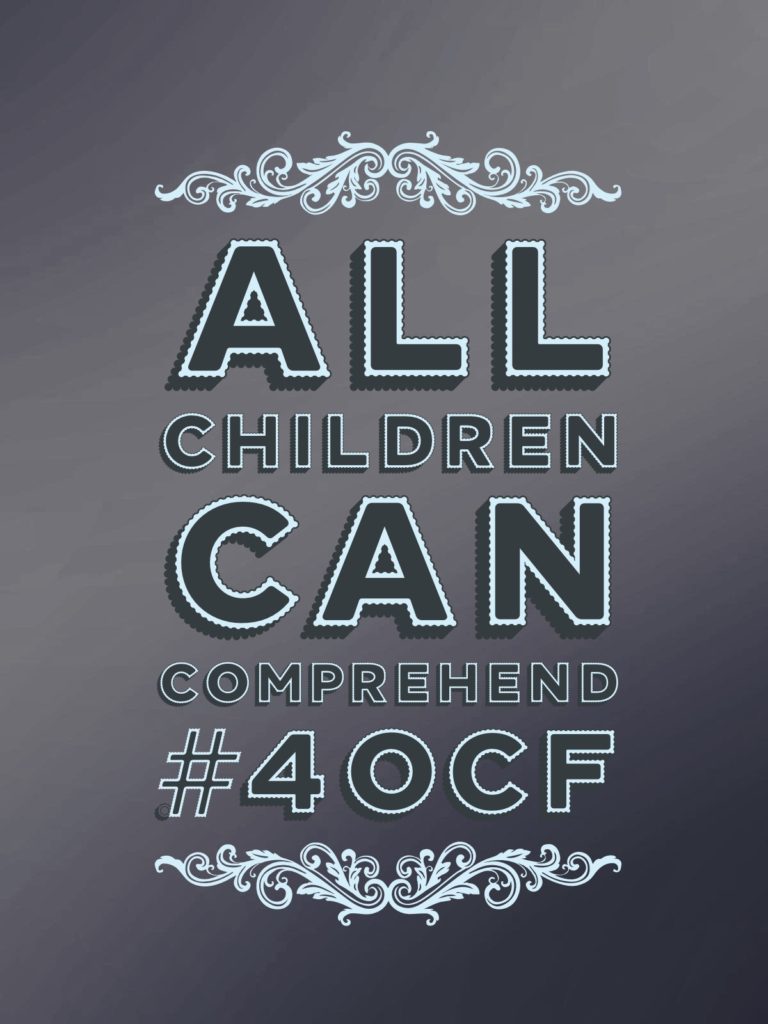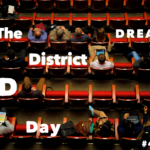The Art of Comprehension is built on the idea that nearly all students, non-readers, striving readers and beginning readers can decode visual texts such as illustrations and paintings, effectively. Because these learners can decode visual texts it means they can also engage with meaning-making skills, such as inferring, using text evidence, recognizing symbols and patterns, identifying themes and big ideas and making rich, meaningful connections.
When we give students opportunities to practice these skills through visual texts (including the picture books you love) it reduces their cognitive load and allows them to focus most of their cognitive energy on making meaning of the text before them. This helps all students to develop the cognitive habits of mind needed for strong comprehension. Reading visual texts also allows nearly all students to participate fully in classroom conversations, helping make them feel like a contributing member of the learning community and building their confidence.
The fine and performing arts are academic because their success relies on their audiences using the same comprehension skills that are required to understand traditional written texts. Using the arts as a means to teach comprehension and meaning-making skills is good for the arts because it builds a more informed and engaged audience but it’s also good for many of our students because it helps them practice and develop the skills they need for success in school and life. For many learners, engaging with good-fit visual texts is just the opportunity they need to not only grow but to shine.
My book, The Art of Comprehension, will be available through Stenhouse Publishers late in December 2018. Click here for pre-ordering information. I am excited to share it with you. It will be good for the arts and good for our ELA students. And hopefully, that means it will be good for you, too.
Trevor (@trevorabryan)




